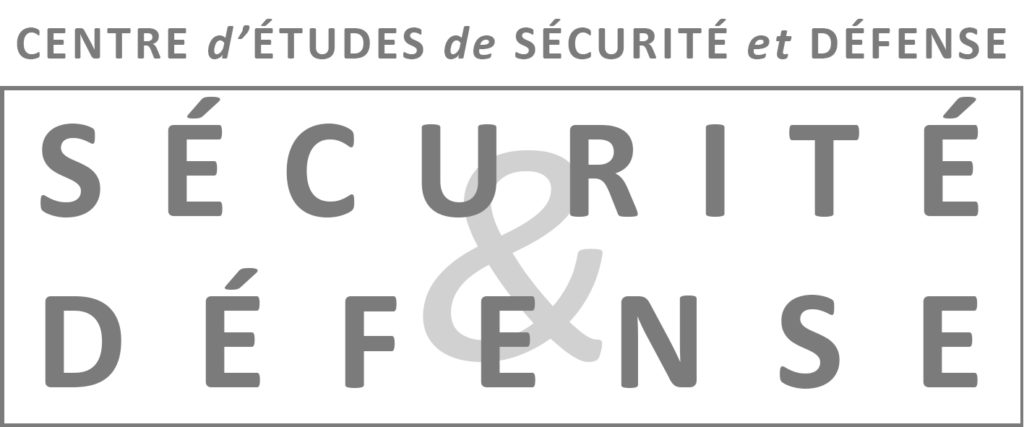
België gewapend tegen het terrorisme?
Een lezing van het fenomeen en zijn bestrijding:
strategieën en middele
Lars SCRAEYEN
The study that lies before you provides a comprehensive overview of perspectives on the terrorist phenomenon, strategies to counter it and the different tools available. The main focus throughout this study is to provide an answer to the question whether Belgium has what it takes to counter terrorism.
In order to engage in well-informed discussions on this topic, rather than simply relying on the abundant and simplified reports in the media or the politicized (ab)use of the term in statements and reports, this study offers a variety of perspectives dealing with the definitional issue of terrorism, the different typologies and concepts of it. Instead of presenting the reader with a single approach, we offer several in order to highlight the complex nature of the phenomenon and the different contexts to take into account when discussing terrorism. Even though one definition of terrorism is being put forward, it is one that allows acquiring a better understanding of the phenomenon. Furthermore, the study will emphasize the place of terrorism within the larger spectrum of political action as it was defined by Alex P. Schmid in 1988. Most importanltly though is that our definition and approach of terrorism is dictated by the context that we are working in. As such a domestic or expeditionary context requires a different look at the phenomenon and the ways to deal with it.
After having gained a better understanding of the complexity of the phenomenon the study addresses the development of strategies for combating terrorism, with a focus on the adopted ways and available means. It has been determined that four ways are used to combat terrorism: prevention, protection, persecution and response. After a theoretical overview of the development of such a strategy, followed by building on the United Kingdom’s and the European Union’s strategies the study takes a look at the means that are available for such a strategy. The means that are discussed are diplomacy, information, economy, finances, intelligence, law enforcement, emergency services, society, morality and, more into depth based on Geraint Hughes’ monograph on its role in counterterrorism, the military.
Finally, after the discussion of the building blocks for the framework, concerning the ways and means available for a combating terrorism strategy, the study will go over the Belgian approach to combating terrorism since November 2015. Within this approach we will give an overview of the evolution of the security environment and some of the challenges for Belgium policy. After an overview of the different measures adopted by the government in the wake of the attacks in January 2015 the study will turn towards addressing the means available in Belgium in relation to the ways they can be applied. This leads to an overview, a matrix, in which can be identified where the different means relate to the ways of combating terrorism. These relationships are a primary indicator for assuring coordination between the different means and actors involved.
Throughout the study it shows that Belgium has many to all of the required means to combat terrorism but they are either insufficient or unguided. The lack of an overall national strategy integrating all the levels of power and measures needs to be addressed if Belgium wants to combat terrorism efficiently towards the future. To the example of the ‘Kadernota Integrale Veiligheid’ presented in June 2016 by the Minister of Justice and the Minister of Security and Interior, Belgium should develop a similar approach in developing a strategy encompassing all the means and actors combating terrorism across the different levels of government.
Télécharger le Sécurité & Stratégie 126
(Disponible uniquement en néerlandais)
Lignes de recherche : Menaces, défis et réponses stratégique ; Belgique

